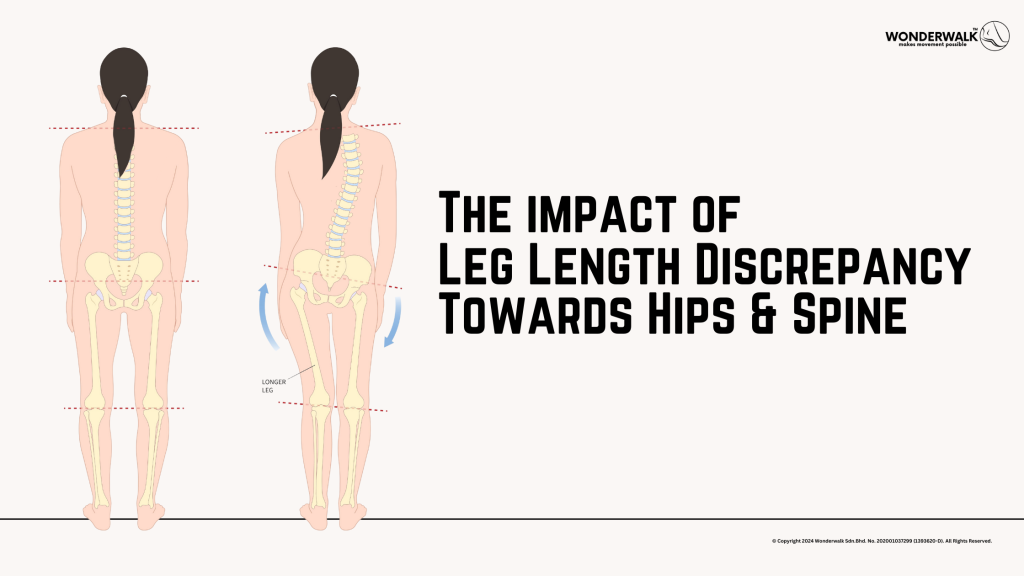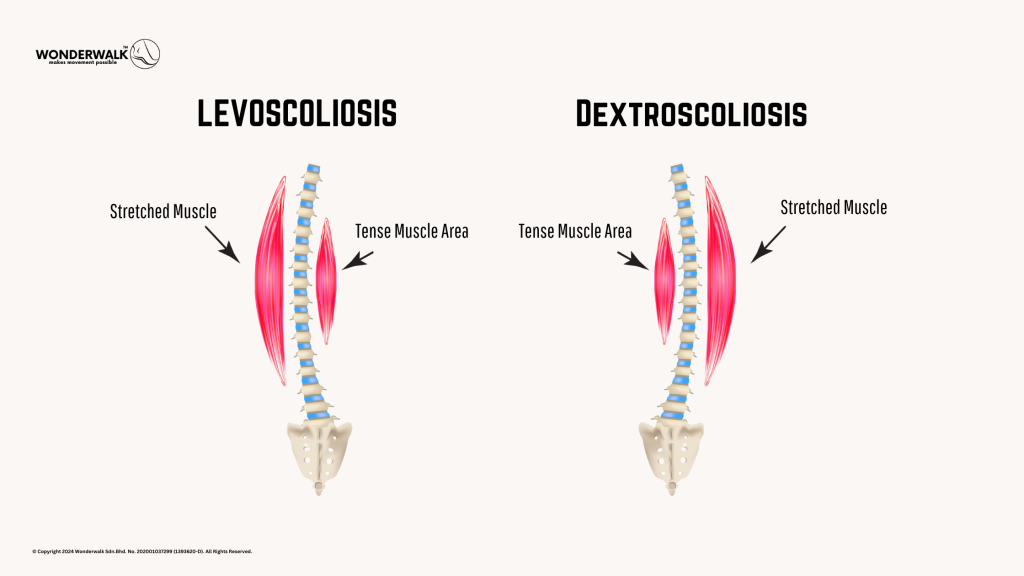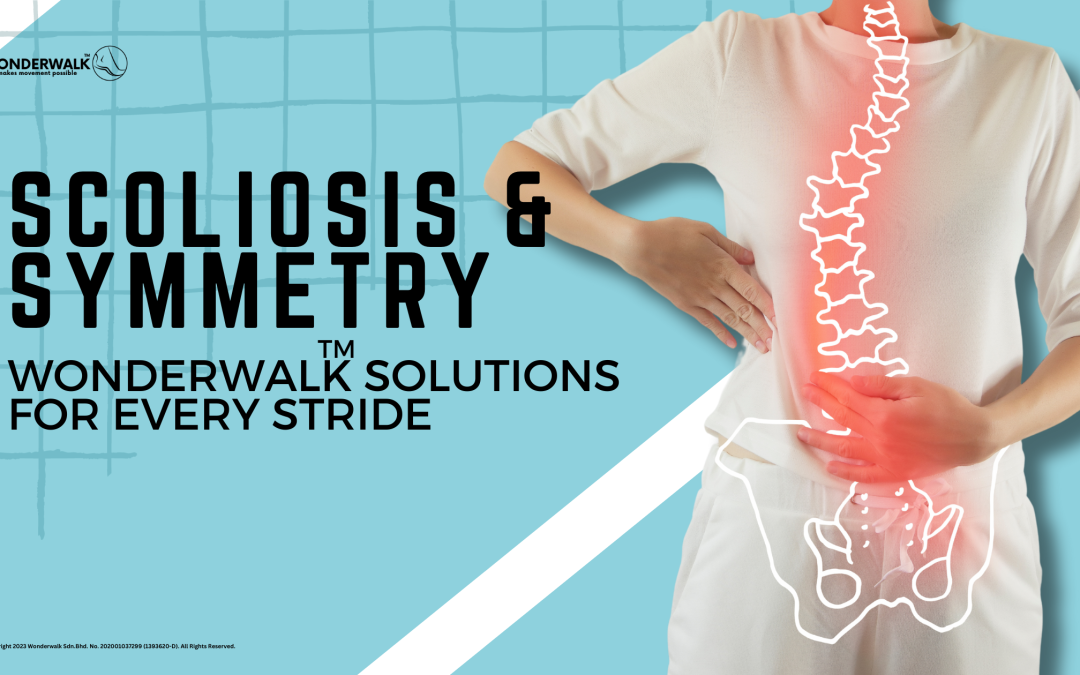Leg Length Discrepancy and Scoliosis: Understanding the Connection
Have you ever wondered how something as simple as one leg being slightly shorter than the other could affect your entire body? It might not seem like a big deal, but Leg Length Discrepancy (LLD) can have a surprising impact on your posture, balance, and even your spine. Let’s dive into how LLD and scoliosis are connected, what it means for your health, and what you can do about it.

What is Leg Length Discrepancy (LLD)?
Leg Length Discrepancy happens when one leg is shorter than the other. This can range from being barely noticeable to quite significant, but even small differences can cause problems. There are two main types of LLD:
- Structural LLD: This occurs when the bones in one leg are physically shorter, often due to injuries, birth conditions, or growth issues.
- Functional LLD: Here, the legs might be the same length, but muscle imbalances, pelvic tilt, or joint problems make one leg act shorter than the other.
If left unaddressed, LLD can throw off your body’s natural alignment and movement.
What is Scoliosis?
Scoliosis is when the spine curves sideways, forming an “S” or “C” shape instead of staying straight. It comes in two main forms:
- Functional Scoliosis: Caused by external factors, such as LLD or poor posture. The good news? This type can usually be corrected if the root problem is treated.
- Structural Scoliosis: A more permanent condition where the spine itself changes shape, often involving rotation or deformation of the vertebrae.
How Does LLD Lead to Scoliosis?
When one leg is shorter, your body has to adjust to maintain balance. Over time, these adjustments can lead to:
- Pelvic Tilt: A shorter leg tilts your pelvis to one side, throwing off the rest of your body’s alignment.
- Spinal Curvature: To keep your head and shoulders level, your spine starts to curve. This compensatory curve is the beginning of functional scoliosis.
- Muscle and Joint Strain: Uneven weight distribution forces some muscles and joints to work harder, which can lead to permanent changes in the spine if not corrected.
Even a small leg length difference—as little as 5 millimeters—can set off this chain reaction. (Journal of Clinical Medicine)

Can Functional Scoliosis Become Structural?
Yes, it can. Functional scoliosis caused by LLD is reversible if treated early, but if ignored, the prolonged imbalance can lead to:
- Permanent Spinal Changes: Over time, the spine may twist or develop rigid curves, making the condition harder to manage.
- Chronic Pain: Uneven wear on muscles and joints can cause discomfort in your back, hips, or legs.
- Reduced Mobility: The longer the spine remains imbalanced, the stiffer and less flexible it becomes.
This is why catching and addressing LLD early is so important.
Why Early Intervention is Key
Taking action early can stop scoliosis in its tracks. Here’s how:
Regular Monitoring: Keeping an eye on your posture and alignment helps catch any potential problems before they worsen.
Bespoke Insoles: Custom insoles can even out leg length, realign the pelvis, and reduce strain on the spine.
Targeted Exercises: Strengthening key muscle groups and improving posture can support the effects of insoles.
What Happens If LLD is Ignored?
When functional scoliosis progresses to structural scoliosis, it’s much harder to reverse. However, bespoke insoles can still play an important role. By reducing pelvic tilt and improving overall balance, they help alleviate strain on the spine. Combining bespoke insoles with bracing often leads to noticeable improvements in alignment and comfort. These combined efforts have delivered great results for many of our patients.
More advanced interventions include:
- Bracing: Used to prevent further curve progression, especially in younger individuals.
- Surgery: Reserved for severe cases where scoliosis significantly affects quality of life.
While these options can help, addressing the issue early with bespoke insoles is a simpler, less invasive solution.
Take Charge of Your Spinal Health
If you suspect LLD or scoliosis in yourself or someone you care about, don’t wait. Early action can save you from pain and complications down the road. At Wonderwalk, we specialize in creating bespoke insoles tailored to each person’s unique needs, helping to restore balance and support healthy posture.
Your spine plays a crucial role in your overall health. Let’s take care of it together, one step at a time.
For more information or to schedule an assessment, contact us via WhatsApp. A more balanced, healthier body is within reach!


